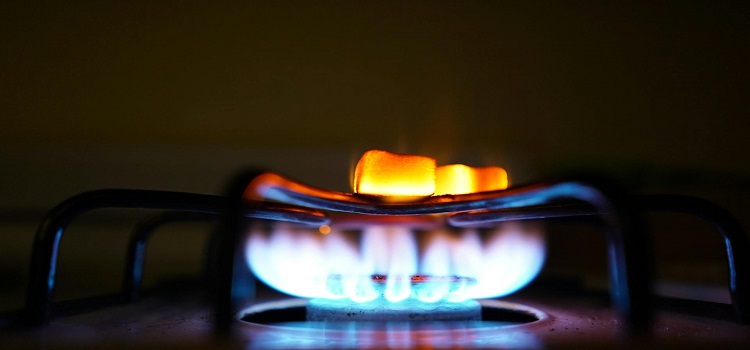As an Amazon Associate I earn from qualifying purchases.
Switching from Electric to Gas Stove: A Comprehensive Guide
Introduction: In recent years, many homeowners have contemplated making the switch from electric to gas stoves. This transition isn’t just a matter of personal preference; it can significantly impact your cooking experience, energy efficiency, and even the overall aesthetic of your kitchen. In this guide, we’ll delve into the reasons behind this shift, the benefits it offers, how to make the switch seamlessly, and address common questions that may arise along the way.

Uses of Gas Stoves: Gas stoves have been a staple in kitchens around the world for decades. Their versatility allows for precise temperature control, making them ideal for various cooking techniques such as sautéing, simmering, boiling, and even charring. Whether you’re a professional chef or a home cook, a gas stove provides the flexibility needed to elevate your culinary creations.
Benefits of Switching:
- Faster Cooking Times: Gas stoves heat up quickly, reducing the time it takes to bring pots and pans to the desired temperature.
- Cost Efficiency: Natural gas is often more affordable than electricity, resulting in lower utility bills over time.
- Even Heat Distribution: Unlike electric stoves, which can have hot spots, gas stoves provide more uniform heat, reducing the risk of unevenly cooked food.
- Controlled Cooking: With precise flame adjustment, you have greater control over the intensity of the heat, allowing for more delicate cooking processes.
- Reliability: Gas stoves can still be used during power outages, ensuring you can continue cooking even when electricity is unavailable.
How to Make the Switch:
- Check for Compatibility: Before making any changes, ensure that your kitchen is equipped with gas lines and proper ventilation.
- Select the Right Stove: Choose a gas stove that fits your cooking needs, budget, and kitchen layout.
- Professional Installation: Hire a licensed plumber or technician to install the gas line and connect your new stove safely.
- Adjust Cooking Techniques: Familiarize yourself with the nuances of cooking on a gas stove, including adjusting flame levels and managing flare-ups.
- Safety Precautions: Always follow manufacturer guidelines and practice proper safety measures when using gas appliances.
FAQs (Frequently Asked Questions):
- Is it expensive to switch from electric to gas?
- While there may be initial installation costs, the long-term savings on energy bills often offset this expense.
- Do I need to remodel my kitchen to accommodate a gas stove?
- Not necessarily. In many cases, existing gas lines can be extended to reach the new appliance without major renovations.
- Are gas stoves more dangerous than electric stoves?
- With proper installation and maintenance, gas stoves are safe to use. However, it’s essential to have carbon monoxide detectors and practice caution when working with open flames.
- Can I use propane instead of natural gas?
- Yes, many gas stoves are compatible with propane. However, you may need to make adjustments to the appliance or install a conversion kit.
- Do gas stoves require special cleaning?
- Regular maintenance, such as cleaning burner grates and checking for gas leaks, is essential for the safe and efficient operation of gas stoves.
Conclusion: Switching from an electric to a gas stove can be a game-changer for your kitchen. From faster cooking times to precise temperature control, the benefits are numerous. By following the steps outlined in this guide and addressing any concerns through our FAQ section, you can make a smooth transition to a more efficient and enjoyable cooking experience. Say goodbye to electric frustrations and hello to the convenience and performance of gas cooking.
As an Amazon Associate I earn from qualifying purchases.
Leave a Reply